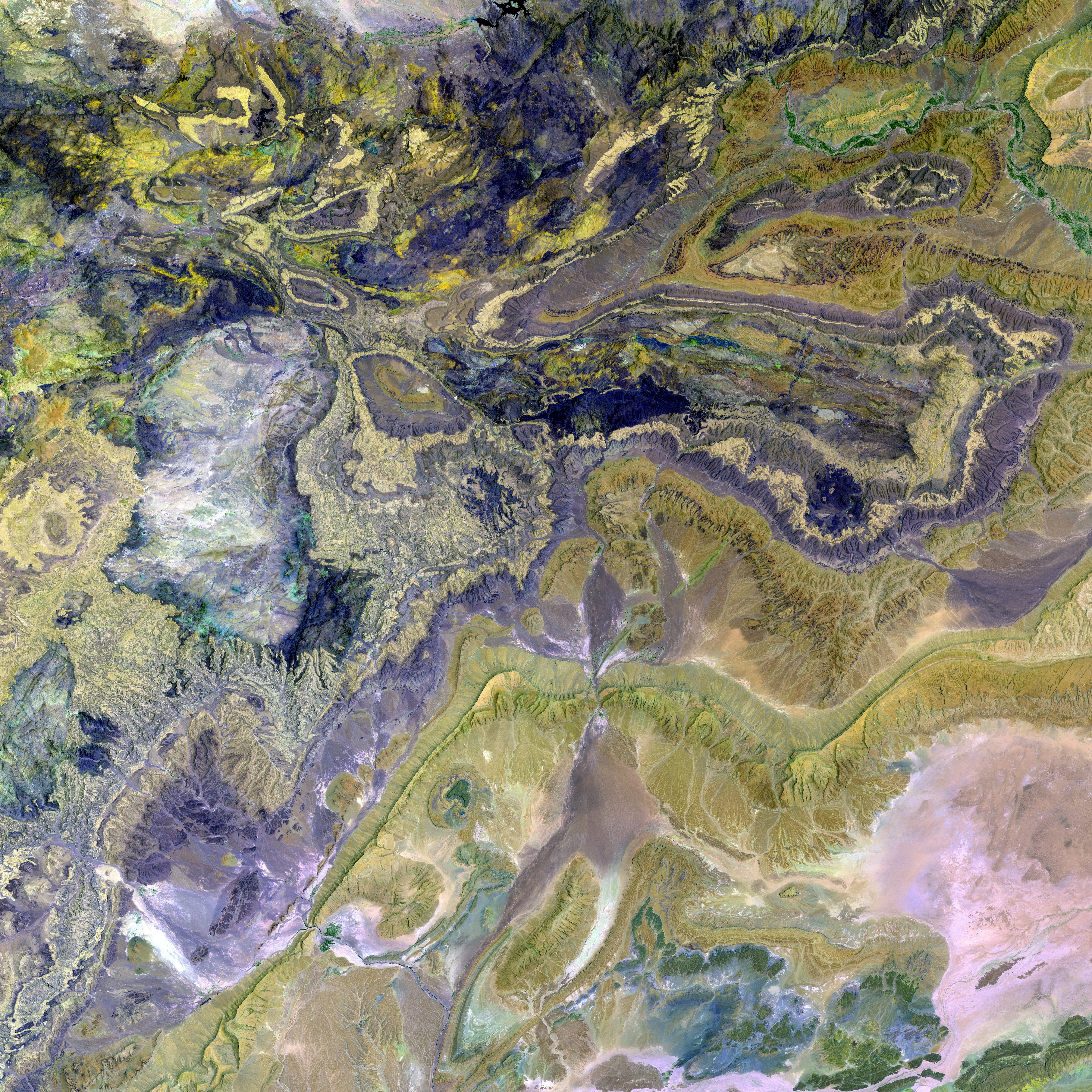Trump Proposes School Curriculum Integration of Artificial Intelligence in K-12 Education
Crafty Classrooms: AI Takes Over
Schools in USA grapple with funding the basics like pencils, while the new Education Secretary works on fulfilling Trump's promise of pulling the federal government out of education, except where it comes to free speech rights on campuses.
AI, though, tells a different tale - a draft executive order proposes priority for AI integration in classrooms by redirecting federal funds towards fostering AI literacy skills among students and teachers.
Titled "Advancing AI Education for American Youth," the order highlights how AI is driving innovation across various sectors, improving productivity, and reshaping the way we live and work. The order aims to ensure the U.S. stays at the forefront of this technological revolution by providing students with opportunities to cultivate AI skills.
Interestingly, this push for AI integration might be a response to China, which has announced plans to overhaul classrooms by integrating AI applications into textbooks and teaching curriculum. The two nations are fiercely competing to lead in the AI space, with China aiming to dethrone the U.S. as the dominant global power.
The proposed executive order calls for the formation of a White House task force on AI education, featuring key figures from the tech industry like Michael Kratsios, director of the Office of Science and Technology Policy, and Trump's advisor on crypto and AI, David Sacks.
According to a report by the Washington Post, the draft order directs federal agencies to collaborate with industry, academia, and nonprofit groups in teaching students the fundamentals of AI and critical thinking skills. The task force will look to leverage existing federal funding, and federal agencies will prioritize expenditures on AI education. The education secretary will also emphasize grant funding for training teachers on AI, focusing on administrative tasks and teacher training and evaluation. All educators will be expected to undergo professional development to incorporate AI into all subject areas.
It seems ironic that AI and critical thinking appear in the same sentence, as they are inherently conflicting.
A study by Microsoft and Carnegie Mellon University published earlier in the year found that those who trusted the accuracy of AI assistants thought fewer critically about their conclusions. Experts in the developer community have cautioned that new programmers may lack coding knowledge, merely accepting the answers provided by coding bots, potentially forgoing essential knowledge necessary for debugging problems and developing better solutions. On platforms like X, users have adopted relying on chatbots to supply counterarguments in debates without verifying the factual accuracy of the information they share.
There's no problem if measures are taken to make these tools beneficial to students - AI can aid in thorough data searches or translation tasks, for example, or develop AI tutors that design personalized learning paths for students. However, it's reasonable to be skeptical that schools, notorious for their technology illiteracy, will implement AI effectively, especially when many people still don't fully grasp how AI models work or are misled by their human-like design. Teachers struggle enough to keep students focused, with many schools striving to restrict smartphone access to maintain control rather than finding ways to utilize the technology.
Nothing encapsulates the disconnect better than Education Secretary Linda McMahon's recent confusion of artificial intelligence with "A1," the steak sauce. Best of luck implementing ChatGPT o4-mini!
Insights: The proposed draft executive order, signed by President Donald Trump on April 23, 2025, establishes an AI Education Task Force to integrate AI into K-12 education. This initiative aims to encourage student achievement in AI, improve educational outcomes using AI, enhance teacher training, promote AI-related apprenticeships, and foster partnerships with industry and philanthropic organizations. The task force's goals also include the Presidential AI Challenge and improving educational outcomes by utilizing AI. China's approach to AI integration involves significant government investment and centralized coordination with private companies to develop AI-based educational tools and content. This contrasts with the U.S., where education is largely decentralized and subject to local and state policies.
- The draft executive order, titled "Advancing AI Education for American Youth," prioritizes AI integration in classrooms by redirecting federal funds towards fostering AI literacy skills among students and teachers.
- The White House task force on AI education, formed by the proposed executive order, includes key figures from the tech industry such as Michael Kratsios and David Sacks.
- The educational advancement in AI might reflect a response to China, which plans to integrate AI applications into its curriculum.
- Despite the push for AI integration in education, there are concerns about the effectiveness of its implementation, given the tech illiteracy often found in schools.




